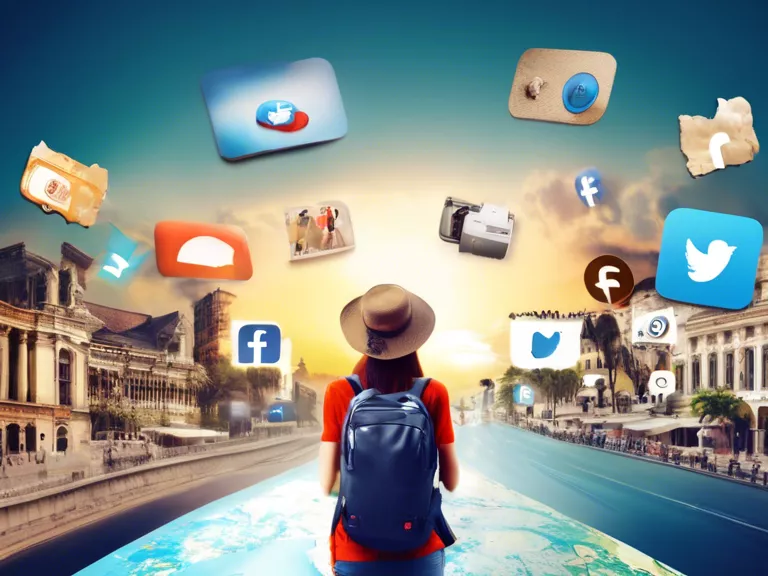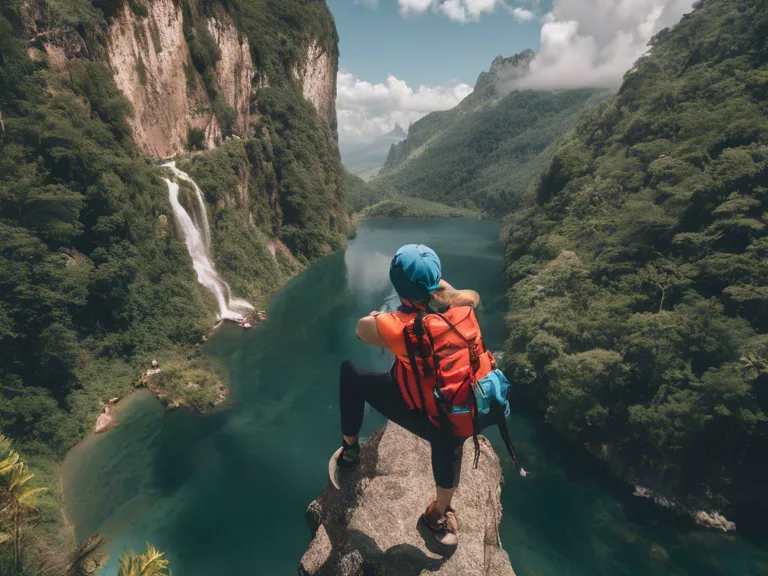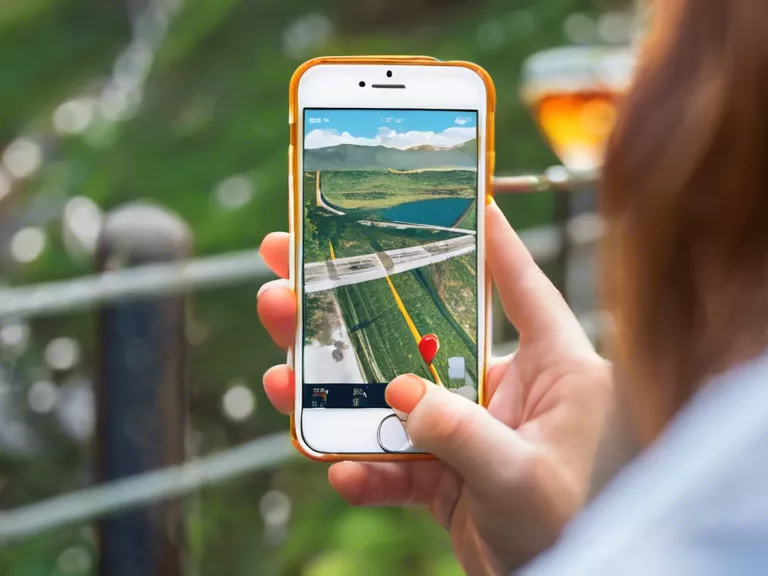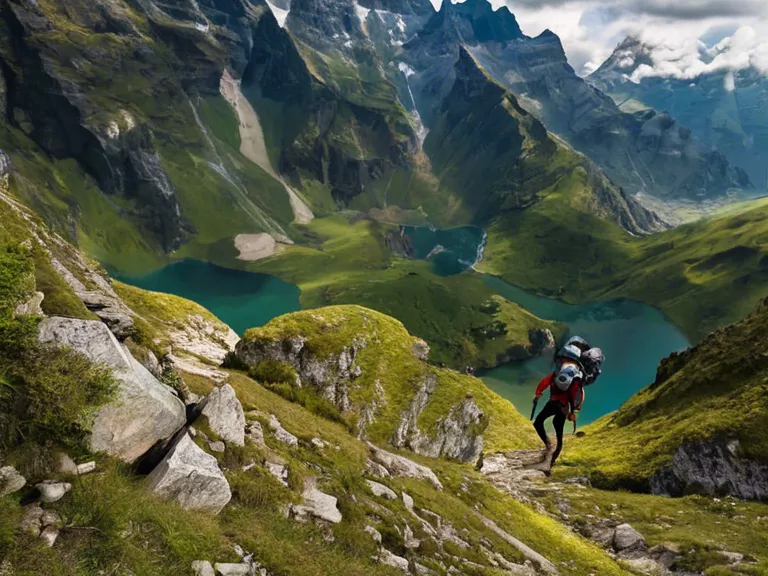
Social media has revolutionized the way we discover and choose our travel destinations. With the rise of platforms like Instagram, Facebook, and TikTok, travelers can easily explore destinations around the world with just a few clicks. However, the impact of social media on travel destinations is a double-edged sword – it can be both a boon and a bane.
On one hand, social media has made it easier for travelers to discover hidden gems and off-the-beaten-path destinations. Through hashtags, geotags, and travel influencers, people can now find unique and picturesque spots that may not have been on their radar before. This has led to a diversification of travel experiences and a boost in tourism for lesser-known destinations.
On the other hand, the popularity of certain destinations on social media has led to issues such as over-tourism, environmental degradation, and cultural commodification. Places like Santorini, Bali, and Venice have become known as Instagrammable hotspots, drawing large crowds of tourists who often overlook the local community and environment. This has raised concerns about the sustainability and preservation of these destinations in the long run.
Furthermore, the curated and filtered nature of social media posts can create unrealistic expectations for travelers, leading to disappointment when they arrive at a destination that may not look as perfect in real life. This can result in negative reviews and a damaged reputation for the destination, affecting future tourism potential.
In conclusion, the impact of social media on travel destinations is complex and multifaceted. While it has undoubtedly made travel more accessible and inspiring, it also presents challenges that need to be addressed. Travelers should be mindful of the influence of social media on their travel choices and strive to be responsible tourists who respect the destinations they visit.



